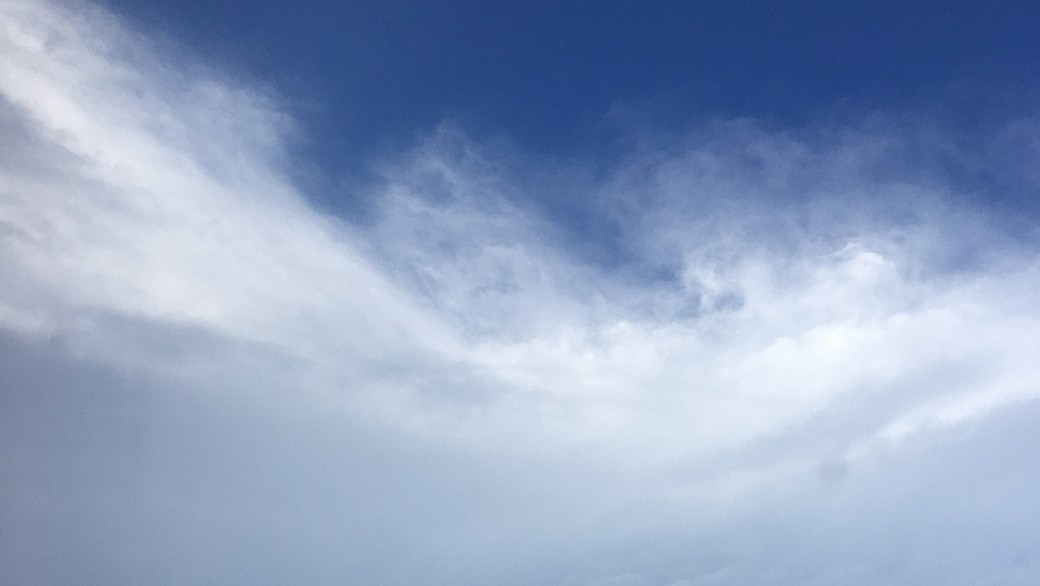AOML hurricane researchers supported nearly all of the 50 missions NOAA’s Hurricane Hunter aircraft flew into eight tropical systems in 2018’s hurricane season, collecting data to help improve forecasts for future storms. The final flight into Hurricane Lane would make history for several reasons. Hurricane Lane was part of NOAA’s first hurricane deployment out of Hawaii, and one of those flights was led by the first all-female science crew on the flying laboratory. For Women’s History Month, we are proud to highlight this milestone and recognize the members of the first all-female science crew on a hurricane flight.
 History was made when (left to right) Lisa Bucci, Kelly Ryan, Kathryn Sellwood, and Heather Holbach took off from Hawaii and executed their mission objectives and flight path to optimally observe Hurricane Lane. The scientists gathered data during the final flight into the storm, when it was at a category 5 with sustained winds of 160mph. Heather Holbach was the lead project scientist and this was her first category 5 hurricane. She ensured the mission and experiments were properly conducted and coordinated with pilots to gather optimal data.
History was made when (left to right) Lisa Bucci, Kelly Ryan, Kathryn Sellwood, and Heather Holbach took off from Hawaii and executed their mission objectives and flight path to optimally observe Hurricane Lane. The scientists gathered data during the final flight into the storm, when it was at a category 5 with sustained winds of 160mph. Heather Holbach was the lead project scientist and this was her first category 5 hurricane. She ensured the mission and experiments were properly conducted and coordinated with pilots to gather optimal data.
“To get to share that experience with my female colleagues was incredible. Although there was a lot of excitement present, we all maintained our focus and completed a successful mission.”
-Heather Holbach, Lead Project Scientist and Hurricane Hunter
Kathryn Sellwood assessed, quality controlled, and transmitted observations from the expendables that were deployed from the aircraft (called dropsondes).
“I was bit a nervous about flying such an intense hurricane so far from land, but the excitement of flying in the Pacific for the first time with my amazing female colleagues was far greater than any fears. Emerging into the clear, stadium eye after a turbulent journey is an experience that I will never forget.”
-Kathryn Sellwood, Scientist and Hurricane Hunter
Kelly Ryan was the radar scientist for the mission, ensuring that the Tail Doppler Radar (an instrument flown only on NOAA aircraft) was functioning and transmitting observations. Lisa Bucci was the Doppler Wind Lidar Scientist; operating the lidar for the first time in the category 5 storm.
“I remember being surprised we were the first all-female science crew. We love working together in the laboratory, so it was fun to have the opportunity to be together on the plane. I got into meteorology to understand when and where dangerous weather would happen and how to stay safe. Now I’m interested in improving how we observe and collect data in hurricanes in order to make better forecasts.”
-Lisa Bucci, Scientist and Hurricane Hunter

Data recorders showed a relatively smooth flight until the aircraft reached the eyewall where the crew endured a roller coaster ride into the eye of Hurricane Lane. During the Lane flights, crew also witnessed a stadium eye-effect, which occurs in the strongest hurricanes with tall vertical cloud banks surrounding a clear eye with blue skies above and the tumultuous wind-driven waves below. The data collected during this flight and others like it are instrumental in improving model guidance that forecasters rely on to produce accurate warnings. Thank you, Heather, Kathryn, Lisa, and Kelly.
